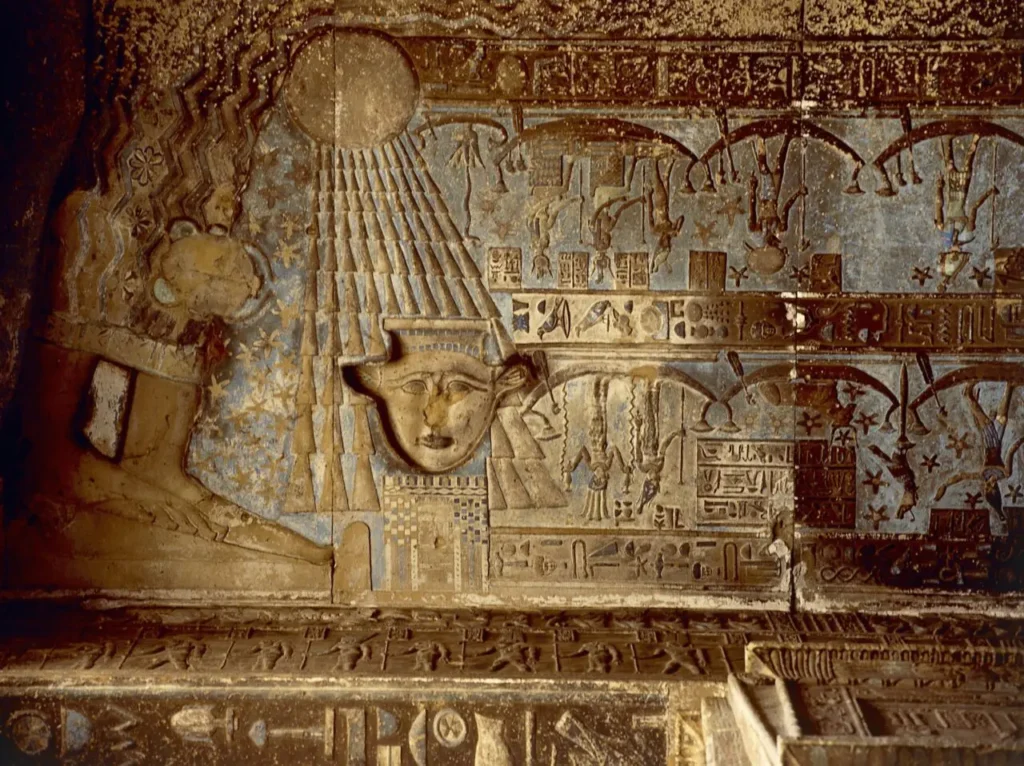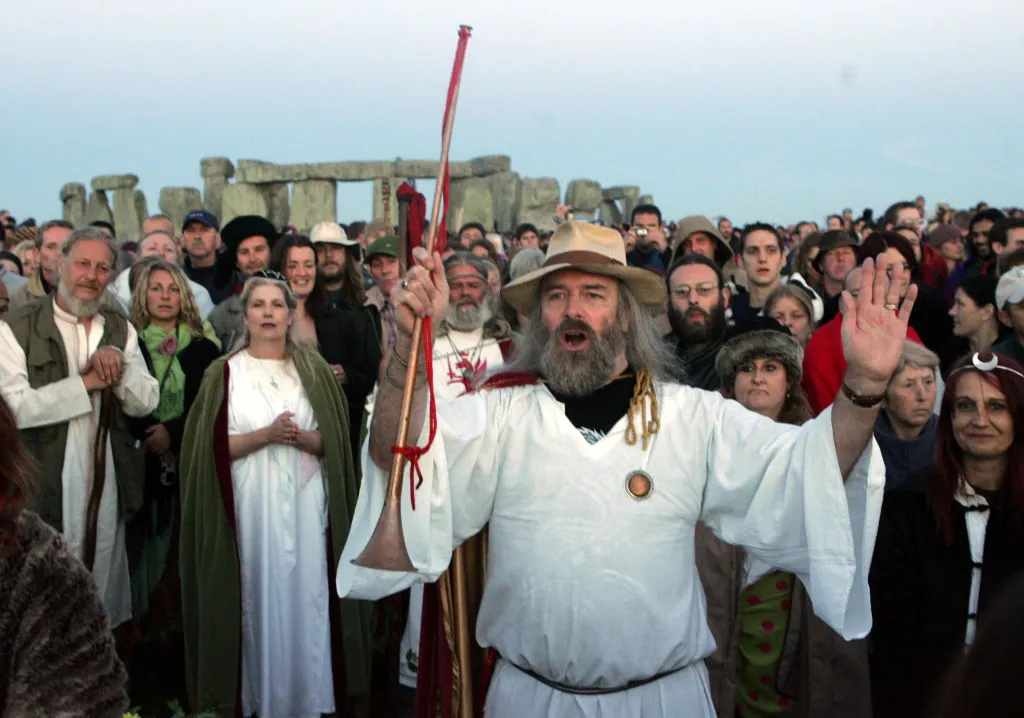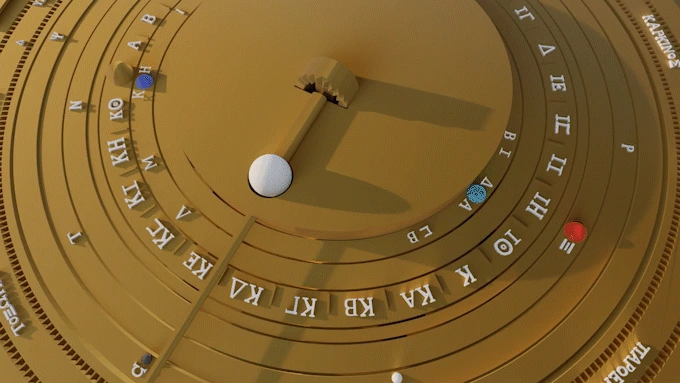HISTORY
Measuring Time and Space in Early Civilizations
- Published On
September 8th, 2024
- Author
Muhammad Hamzah
Ever since the dawn of time, humans have all pondered upon what lies beyond the planet that we inhabit. Another world, another species of God’s creation, aliens or simply barren masses of land? This never-ending pursuit of curiosity has led to various discoveries and a variety of theories, followed by many conspiracies. But, how did all these discoveries come about? How did the ancient man come up with the concept of time and space? How did they unlock the mysteries of the stars with no telescopes, no satellites, and no computers? How did we gather up and access all this knowledge? In order to answer all these questions, we shall walk down the memory lane and delve into the diverse history that brought forth all the current day advancements, revisiting the monumental achievements of early civilizations. It is through their ingenious instruments and sacred sites that they measured the heavens and laid the foundation for our understanding of the universe.
Ancient Times
As we look back, one thing becomes clear: the stars were more than just tiny specks of light scattered across the night sky. They were, in fact, a clock and a compass, a divine map to both the heavens and the earth. Early civilizations relied on the heavens to structure their entire existence. But why was this necessary? Life back then was deeply tied to the rhythms of nature. They needed to know when to plant crops, when to expect floods, and when to celebrate religious festivals. The sky became their guide, a reliable constant amidst the chaos of life.
But it wasn’t just about survival. In many cultures, the stars were believed to be the dwelling places of gods or symbols of divine power. From Egypt to Mesoamerica, people thought the movements of the sun, moon, and planets could affect their destiny. The Maya saw Venus as the bringer of both war and prosperity, while the Egyptians revered the rising of Sirius as a sign that their life-giving Nile would flood. In such a world, it wasn’t just a matter of curiosity to observe the stars—it was essential to life itself. And so, they began to build monuments, some of which stand to this day, forever aligned with the cosmos above.

Depicted on the ceiling of ancient Egyptian temples, the goddess Nut symbolized the sky, arching over the Earth as a protective force. (Photo Credit: Getty Images)
As civilizations advanced, the stars also became critical for exploration. Sailors used the constellations to navigate vast oceans, their eyes tracing patterns in the sky that could guide them to distant lands. They named these constellations after familiar objects and animals, seeing shapes of bears, birds, and even toucans in the sky. The North Star, for example, became a key marker for direction in the Northern Hemisphere, while in the Southern Hemisphere, other star formations like the Southern Cross helped mariners find their way. In the vastness of the ocean, the stars were the only reliable guide, a celestial map that promised safe passage home. As Carl Sagan famously mused, if constellations were named in today's world, we might not see mythological creatures or animals but rather refrigerators and cars shining in the night sky, reflecting how society's values and daily life shape even the way we interpret the stars.
Stonehenge
If there’s one place that embodies the mystery of ancient astronomical practices, it’s Stonehenge. Located in England’s Wiltshire countryside, Stonehenge has stood for thousands of years, a silent witness to the changing of seasons and the movements of celestial bodies. But why was it built, and how could a structure of such size serve as a tool for measuring the heavens?

On 21 June 2005, Druids gathered at Stonehenge to celebrate the summer solstice, an event symbolizing renewal, fertility, and the harmonious balance between nature and humanity
Stonehenge, with its giant stones arranged in a circle, is not just an architectural marvel but also a carefully aligned astronomical calendar. Every year, without fail, on the summer solstice, the sun rises directly over the Heel Stone, casting a beam of light through the heart of the monument. To the ancient people, this was no coincidence—it was a sign. The longest day of the year was a time of celebration, of life and renewal, and Stonehenge allowed them to pinpoint that exact moment in time.
What’s fascinating is the precision of this alignment. How did the builders of Newgrange, with their rudimentary tools, manage to achieve such accuracy? And why did they go to such lengths? For them, the winter solstice was not just a natural phenomenon—it was a symbol of renewal, of life emerging from the darkness of winter. This ancient solar observatory, like Stonehenge, reveals how deeply connected early peoples were to the cycles of the heavens. What’s fascinating is the precision of this alignment. How did the builders of Newgrange, with their rudimentary tools, manage to achieve such accuracy? And why did they go to such lengths? For them, the winter solstice was not just a natural phenomenon—it was a symbol of renewal, of life emerging from the darkness of winter. This ancient solar observatory, like Stonehenge, reveals how deeply connected early peoples were to the cycles of the heavens.
Mayan Observatories
While the builders of Stonehenge and Newgrange were focused on the solstices, the Maya civilization took their astronomical observations to an entirely new level. The Maya, whose civilization flourished in present-day Mexico and Central America, were master astronomers. They didn’t just track the sun and moon—they observed the movements of planets like Venus, calculated solar and lunar eclipses, and developed some of the most accurate calendars the world has ever seen.
At the heart of Mayan astronomical practices were observatories like “El Caracol” in Chichén Itzá. This observatory, with its rounded shape and strategically placed windows, was used to track the path of Venus across the sky. To the Maya, Venus wasn’t just another celestial body; it was a symbol of war and power. The movements of Venus dictated the timing of military campaigns and major religious festivals. El Caracol’s architecture allowed the Maya to measure these movements with incredible precision.

Built around AD 1000, the observatory's spiral structure was specifically designed to track celestial events, including the movement of Venus, the equinoxes, and solstices. (Photo Credit: ResearchGate)
The Maya also developed a complex calendar system based on their astronomical observations. The “Haab”, a 365-day calendar, and the “Tzolk’in”, a 260-day ceremonial calendar, were used in tandem to mark agricultural cycles and religious events. Then there was the “Long Count” calendar, which mapped out much longer cycles of time, extending for thousands of years. The level of astronomical understanding achieved by the Maya was far ahead of its time, a testament to their genius in observing and interpreting the heavens.
The Antikythera Mechanism
As we journey from the Americas to the Mediterranean, we encounter one of the most remarkable artifacts of ancient science—the Antikythera Mechanism. Discovered in a shipwreck off the coast of Greece in 1901, this seemingly unassuming object turned out to be a 2,000-year-old mechanical computer. But what was it used for, and why was it so extraordinary?

Recovered from a shipwreck off the coast of the Greek island Antikythera, this intricate device is often regarded as the world's first analog computer. Consisting of a complex arrangement of gears, the mechanism was capable of predicting astronomical positions and eclipses decades in advance. (Photo Credit: KickStarter)
The Antikythera Mechanism is believed to have been designed to predict astronomical events. By turning its gears, the user could calculate the positions of the sun, moon, and planets, predict solar and lunar eclipses, and even track the phases of the moon. In essence, it was a miniature model of the cosmos, something that would have been invaluable to ancient Greek astronomers.
What makes this device so astonishing is the level of technological sophistication it represents. The Greeks, who had already made significant strides in understanding the motions of celestial bodies, created this intricate device without the aid of modern tools. The Antikythera Mechanism shows us that ancient civilizations didn’t just observe the heavens—they sought to model and predict its movements with unparalleled precision.
Other Sites and Instruments
Beyond the familiar structures of Europe and Mesoamerica, other civilizations also carved out their own paths in the study of the heavens. In India, for example, “Jantar Mantar” stands as a collection of enormous astronomical instruments constructed in the 18th century. These instruments, made of stone and brass, were used to observe the positions of celestial objects. The “Samrat Yantra”, a massive sundial, could measure time to an astonishing degree of accuracy.
Meanwhile, on the desert plains of Peru, the “Nazca Lines” offer a different kind of mystery. These massive geoglyphs, etched into the earth over 2,000 years ago, stretch across miles of desert, forming intricate patterns and shapes. But were they more than just art? Some researchers believe that certain lines may align with celestial events, acting as markers for solstices or other astronomical phenomena.
Far from these locations, in the American Southwest, the Chaco Canyon civilization also gazed skyward. Between 900 and 1150 AD, the ancient inhabitants of Chaco built massive stone structures aligned with solar, lunar, and cardinal directions. Evidence suggests that they meticulously tracked the cycles of the moon, using their architectural designs, such as the Sun Dagger atop Fajada Butte, to mark solstices and equinoxes with incredible precision. One of Chaco's most remarkable features is the great roofless ceremonial kiva, dating from the 11th century. On June 21, the longest day of the year, sunlight streams directly through its entrance and aligns with key points within the kiva, suggesting that the structure played a role in marking this important astronomical event.
Conclusion
As we reflect on the achievements of these ancient civilizations, we are left in awe of their ingenuity and their deep connection to the cosmos. They measured time and space with tools far simpler than those we have today, yet their understanding of the heavens laid the groundwork for many of the advancements we take for granted. Whether through monumental structures like Stonehenge, Newgrange, and Mayan observatories, or mechanical marvels like the Antikythera Mechanism, early humans showed that their curiosity about the stars was just as powerful as our own. Their legacy continues to inspire, reminding us that the journey to understand the universe began long ago, with the simple act of looking up.
"Man is an artifact designed for space travel. He is not designed to remain in his present biological state any more than a tadpole is designed to remain a tadpole."
Subscribe To Our Newsletter
Receive amazing space news and stories that are hot off the press and ready to be read by thousands of people all around the world.
